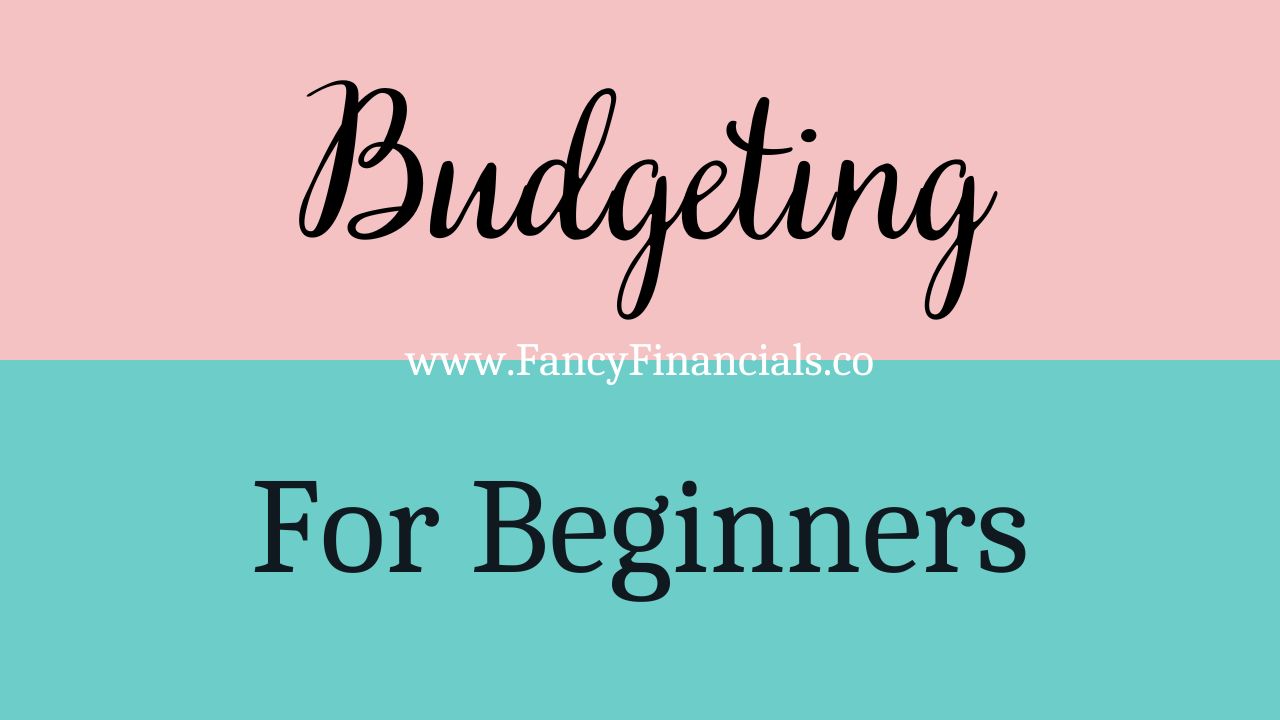Mastering the Art of Budgeting for Beginners may seem challenging at first, but with the right budgeting tips and a solid understanding of the basics of budgeting, you can take control of your finances. This comprehensive budgeting guide will walk you through how to start budgeting for beginners, how to create a budget, and how to stick to a budget.
From tracking expenses to setting financial goals, you’ll learn essential steps to start budgeting and build a strong foundation for your financial planning journey. Whether you’re looking for personal finance tips or simply want to gain confidence in managing your money, this guide will help you every step of the way.
Budgeting for Beginners
- Step 1: Assess Your Income and Expenses
- Step 2: Set Financial Goals
- Step 3: Create Your Budget
- Step 4: Track Your Spending
- Step 5: Adjust and Review Regularly
Step 1: Assess Your Income and Expenses
Begin by calculating your total monthly income, including your salary, side gigs, and any other sources of income. Next, list all your monthly expenses, both fixed (rent, utilities, insurance) and variable (groceries, entertainment, dining out).
Step 2: Set Financial Goals
Identify your short-term and long-term financial goals. Short-term goals might include saving for a vacation or paying off a small debt, while long-term goals could involve saving for a house or retirement. Having clear goals will motivate you to stick to your budget.
Step 3: Create Your Budget
Divide your expenses into categories such as housing, food, transportation, savings, and entertainment. Allocate a specific amount of money to each category based on your income and financial goals. Make sure to prioritize essential expenses and savings.
Step 4: Track Your Spending
Keep track of your spending throughout the month. Use budgeting apps, spreadsheets, or even a simple notebook to record every expense. This will help you stay within your budget and identify areas where you can cut back.
Step 5: Adjust and Review Regularly
Review your budget at the end of each month and make adjustments as needed. Life circumstances change, and so should your budget. Regular reviews will help you stay on track and adapt to new financial challenges.
Let’s Review:
- Step 1: Assess Your Income and Expenses
- Step 2: Set Financial Goals
- Step 3: Create Your Budget
- Step 4: Track Your Spending
- Step 5: Adjust and Review Regularly
Budgeting is a powerful tool that can lead to financial stability and freedom. By following these steps, you can create a budget that works for you and helps you achieve your financial dreams.

Next…
Don’t forget to follow @FancyFinancials on Social Media via Facebook, Instagram, Twitter, Pinterest, LinkedIn, and Subscribe on YouTube! Plus, sign up to get the Fancy Financials Newsletter sent straight to your inbox!
About Me:
Hi, if we haven’t officially met I’m Blogging Brandi and this is my Money Blog! I am an ex-corporate Kool-Aid Drinker, Born to be a Blogger, Creator, and Entrepreneur. I also LOVE my dogs and RV a lot! Plus, I have a background in Accounting, Investments, and a Finance Degree! So, I kinda, maybe, sorta, might know a thing about money! Check out the About Page for all the details! 😉
P.S. Got Questions? I’ve got answers reach out via [email protected] (or using the form on my Contact Page).
Affiliate Disclaimer: Note this description contains affiliate links that allow you to find the items mentioned and support me at no cost to you. While I may earn minimal sums when the viewer uses the links, the viewer is in no way obligated to use these links. Thank you for your support!
#Budgeting #Budget #FinancialPlanning #BudgetingTips #FancyFinancials #BeginnerBudgeting #HowToBudget #Finance #Money #Finances #BudgetAdvice #FinancialAdvice #FinancialAdvisor #MoneyMindset #Finance #FinanceTips #SaveMoney #FinancialFreedom #MoneyGoals #BudgetingForBeginners #BloggingBrandi
Related:
- Steps To Start Budgeting (Easy 1 2 3!)
- Advanced Budgeting Techniques for Financial Freedom
- Budgeting for Families: Tips and Tricks
- Traveling on a Budget: How to Save Money on Vacations

Hi, if we haven’t officially met I’m Blogging Brandi and this is my Money Blog! I am an ex-corporate Kool-Aid Drinker, Born to be a Blogger, Creator, and Entrepreneur. I also LOVE my dogs and RV a lot! Plus, I have a background in Accounting, Investments, and a Finance Degree! So, I kinda, maybe, sorta, might know a thing about money! Check out the About Page for all the details! 😉

